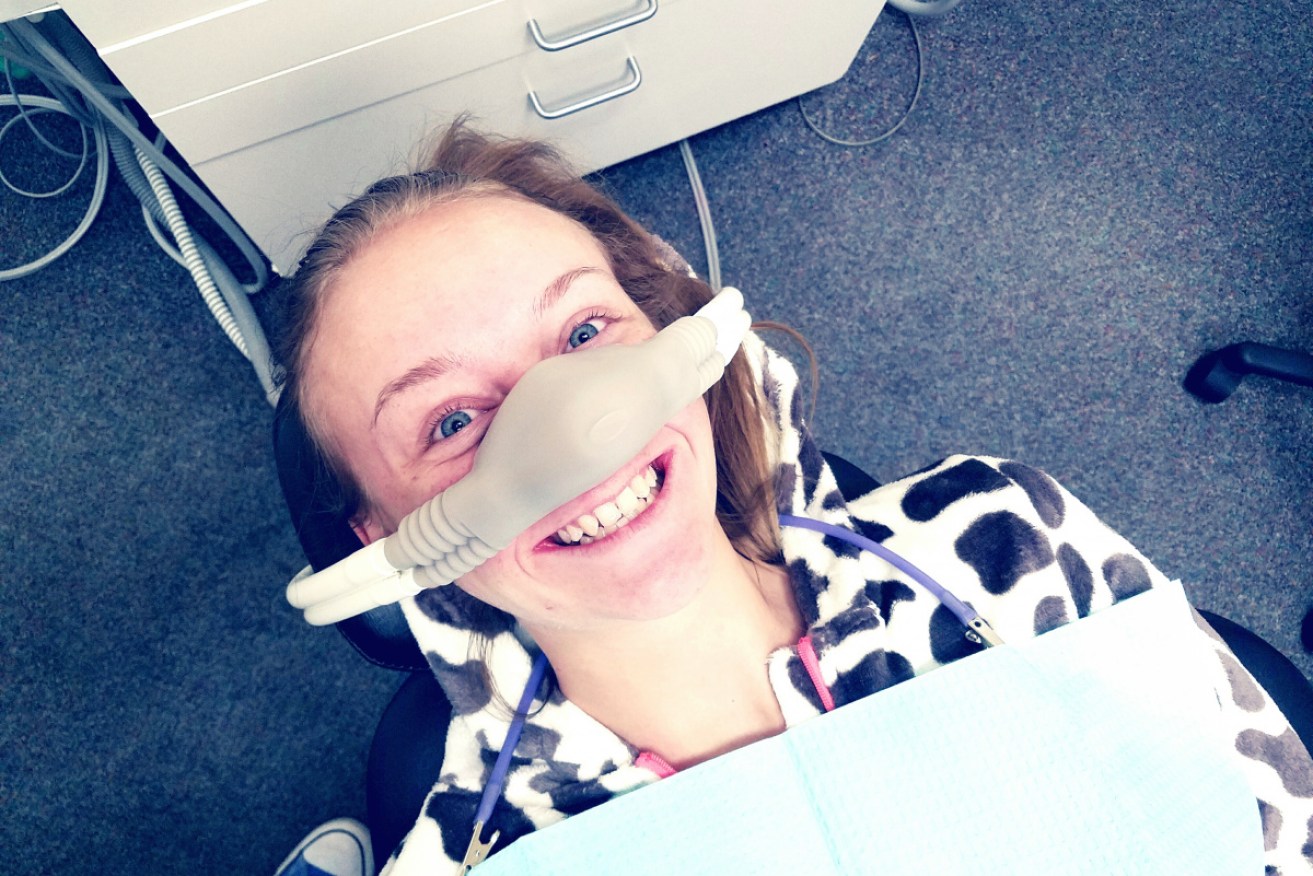Laughing gas for treatment-resistant depression: No kidding


Symptoms of depression improved rapidly following treatment with inhaled nitrous oxide. Photo: Getty
It sounds like a bad taste joke, but researchers have found that nitrous oxide – otherwise known as laughing gas – significantly improved symptoms in people with treatment-resistant depression.
In a phase 2 clinical trial, the researchers from the Washington University School of Medicine in St Louis demonstrated that symptoms of depression “improve rapidly” following treatment with inhaled nitrous oxide that was diluted with oxygen.
Curiously, given that the effects of nitrous oxide wear off once exposure stops – which is why you can drive home after leaving the dentist chair – the study participants “reported the benefits can last for several weeks”.
What were the researchers thinking?
About a third of individuals suffering from depression are at risk for treatment resistance, which is usually diagnosed when two different prescribed medications fail to improve symptoms.
In recent years, the drug ketamine, an hallucinogen and veterinary anaesthetic, has been trialled successfully as a breakthrough treatment for severe depression – but it carries the risks of addiction, and can have side effects such as amnesia.
When abused, notably as a party drug, it can actually cause depression.
Ketamine works buy by blocking molecules on nerve cells called N-methyl-D-aspartate (NMDA) receptors – and it was thought that nitrous oxide might work the same way, without ketamine’s risks of addiction or extreme side effects.
Previous research by the same team
The lead investigators of the study were Dr Charles R Conway, a professor of psychiatry at Washington University, and Dr Peter Nagele, MD, professor and chair of the Department of Anaesthesia & Critical Care at the University of Chicago.
In 2014, they conducted a proof-of-concept study that used a 50 per cent nitrous oxide and 50 per cent oxygen mixture.
Participants with treatment-resistant depression were exposed for an hour to the laughing gas mixture or to a placebo.
The study reported “rapid and marked” antidepressant effects, but the 50-50 mixture caused some participants to be nauseated, and others reported headaches.
The new study
According to a statement from Washington University, the new study involved 24 patients.
Each received three treatments about one month apart.
In one session, the patients breathed gas for an hour that was half nitrous oxide, half oxygen.
In a second treatment, the same patients breathed a solution that was 25 per cent nitrous oxide.
A third treatment, the placebo, involved breathing only oxygen, with no nitrous oxide.
In effect, the participants served as both experimental and control participants.
“You can’t really get a better comparison group than when you compare a person to himself or herself,” Dr Nagele said.
“Serving as your own control is ideal. The alternative is studying the effects of a drug in two similar groups of people in which you either get one treatment or another. But the problem with that is that you need much larger numbers of patients before you really can draw conclusions.”
The study found that nitrous oxide – both at 25 per cent and in a 50-50 mixture with oxygen – improved depression in 17 of the participants.
The 50-50 mixture dosage had greater antidepressant effects two weeks after treatment, but the 25 per cent dose was associated with fewer adverse events, the most common of which was feeling nauseated.
“Only when people got the 50 per cent dose did they experience nausea,” Dr Conway said.
“When they received 25 per cent nitrous oxide, no one developed nausea. And that lower dose was just about as effective as the higher dose at relieving depression.”
Some participants were no longer clinically depressed
Of the 20 people who completed all of the study’s treatments and follow-up exams, 55 per cent (11 of 20) experienced a significant improvement in at least half of their depressive symptoms, and 40 per cent (eight of 20) were considered to be in remission – meaning they no longer were clinically depressed.
Overall, 85 per cent (17 of 20) of participants experienced “a significant enough improvement that their clinical classification moved at least one category – example, from severe to moderate depression”.
This is very promising but nitrous oxide is ordinarily given, like any anaesthetic, as part of a designated procedure, and not chronically.
The effects of prolonged use of laughing gas are yet to be determined.








